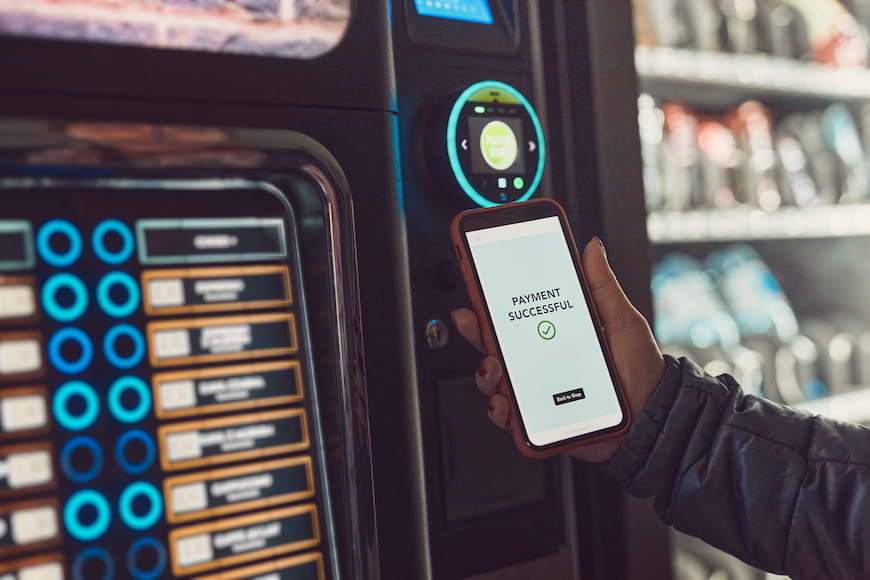Whether it’s through social media feeds or a virtual assistant like Alexa, getting information has never been easier for students. Acquiring deep knowledge, however, takes effort.
As one study conducted by researchers from Washington University and the University of Utah suggests, instructors should keep this in mind when grappling with preparing students for exams.
According to the study, students who spend more time using effortful, active study strategies perform better. Self-quizzing, summarization, and self-explanation are all examples of successful strategies that help students on exam day. However, students who use passive strategies like rewriting notes are less successful.
Ultimately, it’s the students who decide whether to use passive or active approaches, but instructors also have a role to play. Individual student approaches to studying are shaped by personal views and circumstances and by teaching methods.
This is where technology can be a bit of a curse–but also a blessing. In an era of hyper-connectivity, it can be challenging for students to maintain the focus needed to perform well. At the same time, educational apps and technology platforms can help instructors promote active study strategies–and set their students up for success. Here are some useful tips:

It all starts on day one of class. When students are actively engaged during lectures, concepts stick, and they get more out of their study time. Promote student engagement with polling and quiz apps like Kahoot! This is a free student-response tool that allows instructors to run gamified quizzes during lectures, whether they are in person or virtual.
Ignoring all those smartphone pings and beeps is nearly impossible, particularly for over-connected Gen Z learners. As scholars from the University of Nebraska point out in this paper, instructors can impose multitasking behaviors that make better use of students’ cognitive resources instead of forcing students to avoid this behavior. E-textbooks provide instructors with the opportunity to embed pop quizzes right into the readings. This can be a source of positive distraction when it comes time to review the material close to the exam date.
Students describe why a particular concept is significant and tie it back to other concepts with self-explanation. Numerous studies have demonstrated its benefits. Students can better understand and remember content, for example, when they use self-explanation to create new meanings from prior knowledge. This approach can also pull back the curtain on gaps in understanding. To encourage self-explanation, ask students to make a video of themselves (at any point during the course) describing a concept taught in class using a free video discussion app like Flipgrid. Students can be reminded to use the same approach for studying.
Learning enablement platforms generate meaningful insights that instructors can use to prepare students for exams. For example, instructors can get a report on reading engagement metrics by class to understand where students are struggling. The instructor can intervene appropriately by either revisiting difficult concepts or engaging students with probing questions to get them thinking differently about the challenging material as they head into exam season.
Plowing through a pile of text and retaining the information is hard. It’s even harder for individuals who have a learning difference, like dyslexia or a visual impairment. E-textbook solutions often come equipped with text-to-speech functionality, which can be assistive technology. When students encounter a challenging block of text, they can select the text they want the platform to read aloud or choose to have the entire textbook read aloud to them.
Even the brightest students can fumble when choosing the right study habits to adopt. Low-impact, passive study strategies are common, but they can get in the way of students performing as well as they can. With tech tools that help students flex their studying muscles, instructors can help students overcome these challenges. This way, students can be at the top of their game on exam day.
Want to learn more about how e-textbooks support healthy study habits? Check out BibliU’s features.

Drawing on insights from Erik Russell of Occidental College on Campus Convos, this blog explores how innovations in auxiliary services reveal a bigger lesson for higher ed: let technology deliver on-demand convenience, while people provide the human touch that makes the student experience truly personal.
.jpg)
Rural community colleges are lifelines opportunity face unique challenges, like broadband gaps and transportation barriers. Based on the Campus Convos episode with Dr. Bryan Newton of Glen Oaks Community College, we're showing how rural colleges are turning obstacles into innovation.